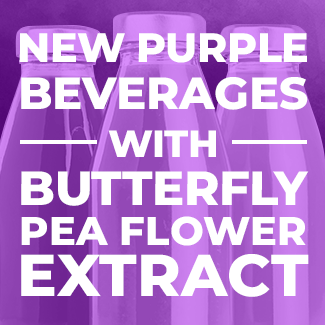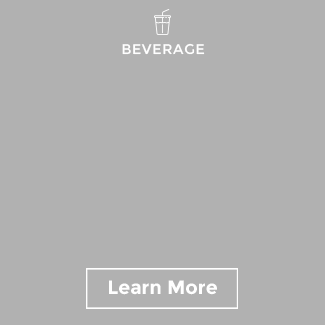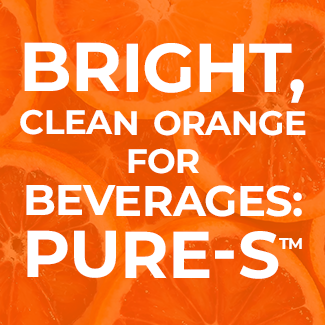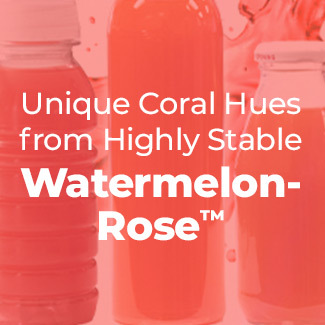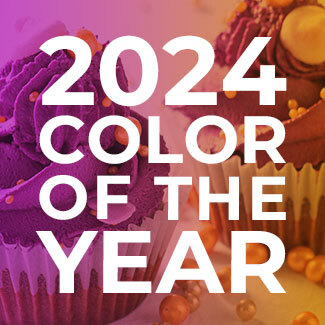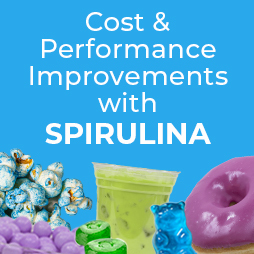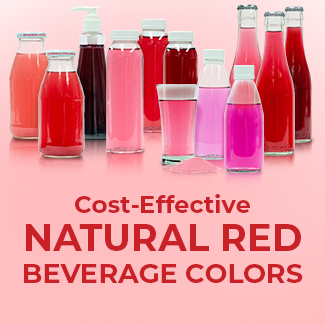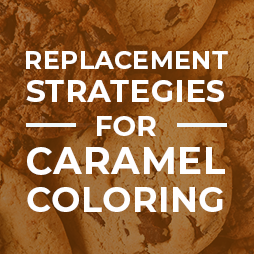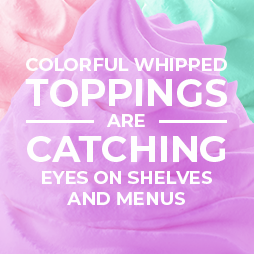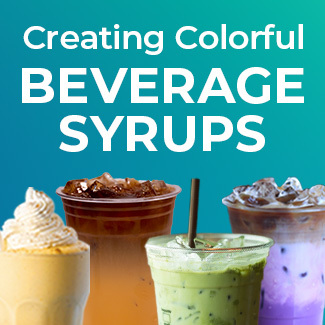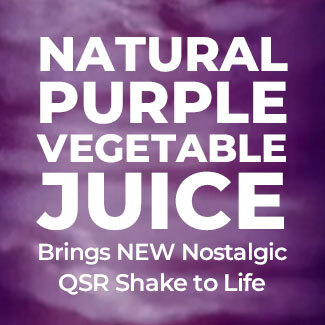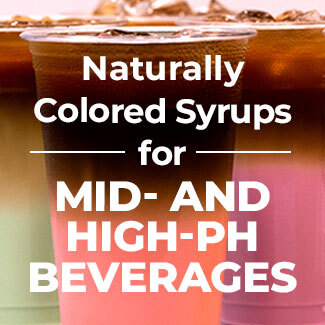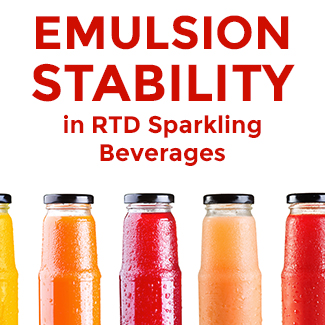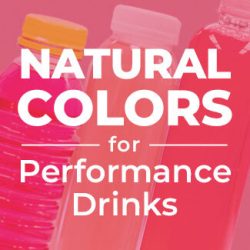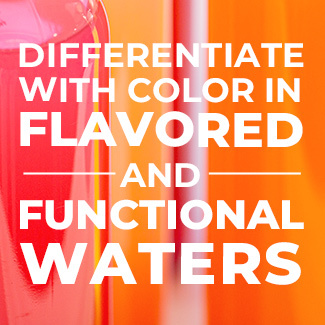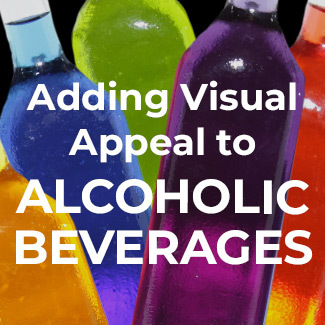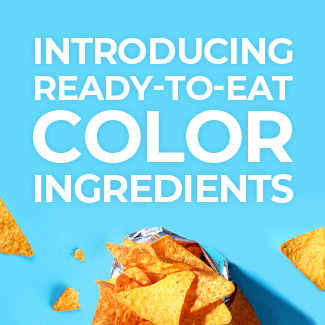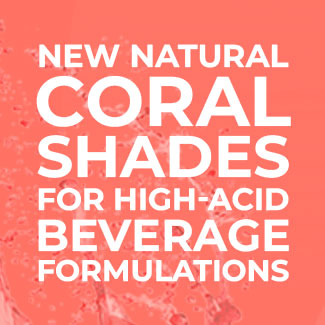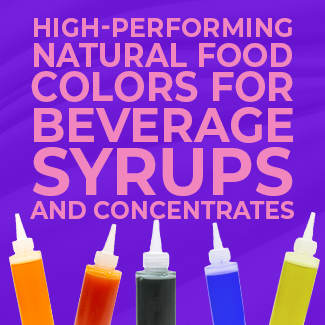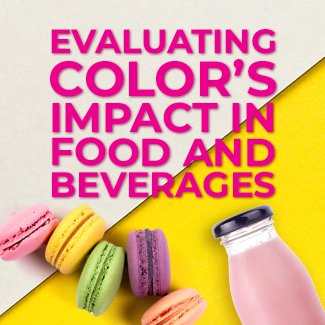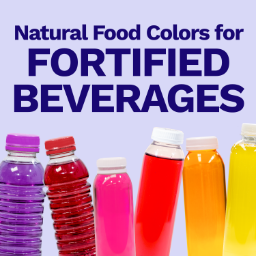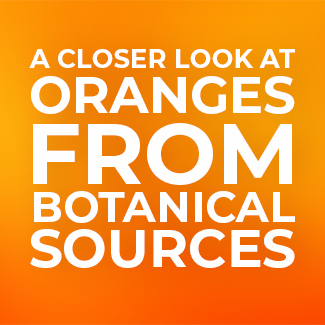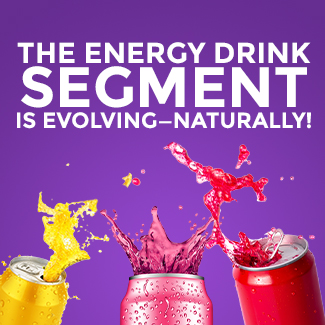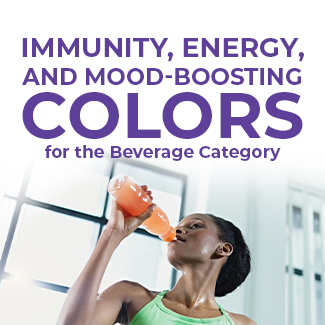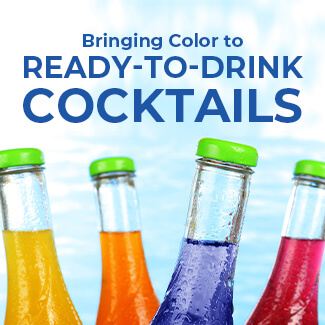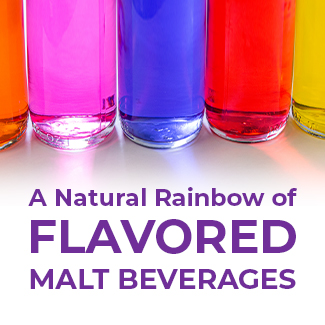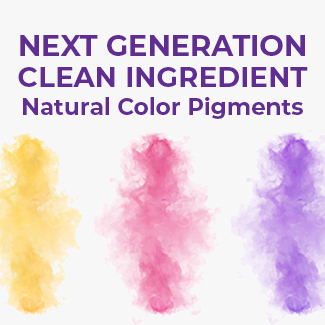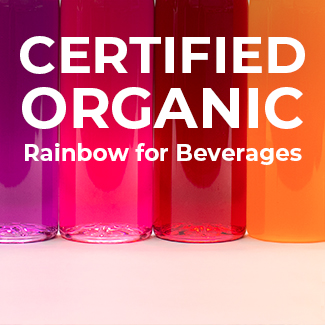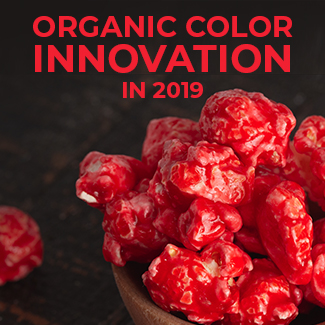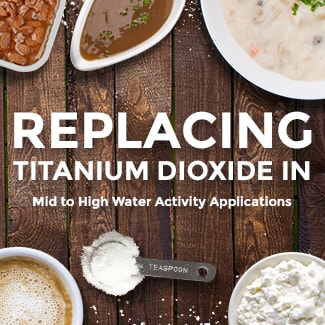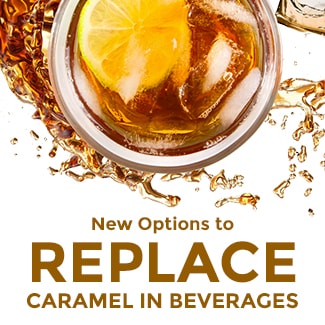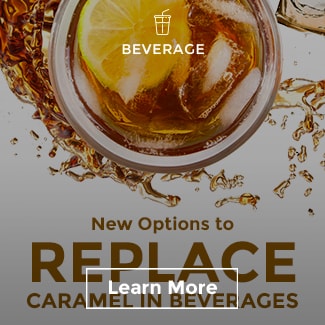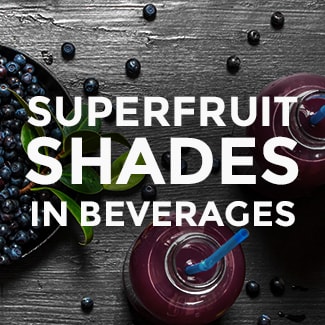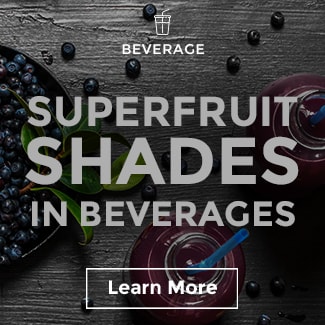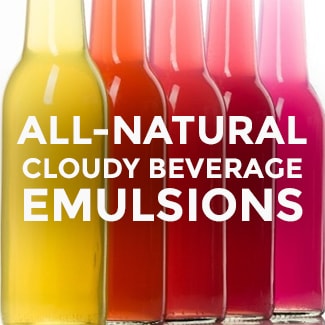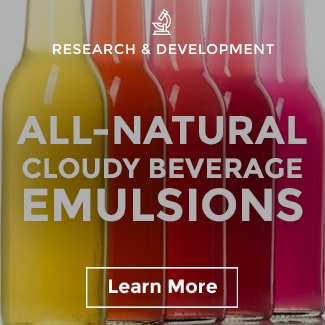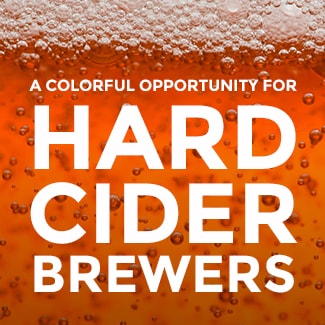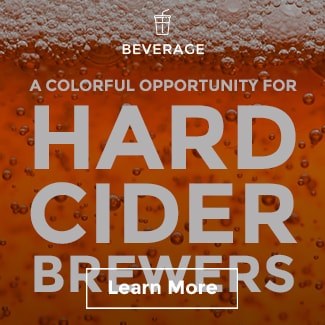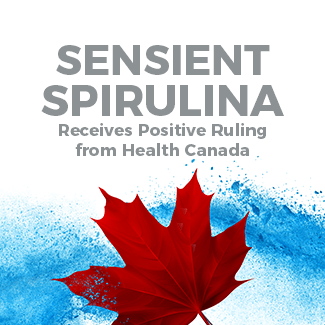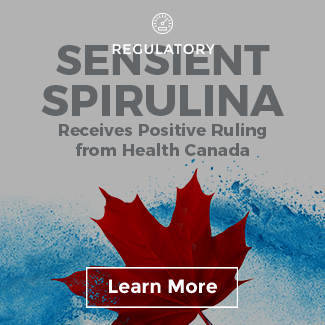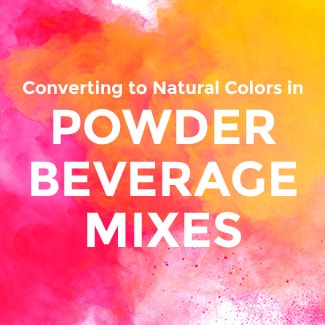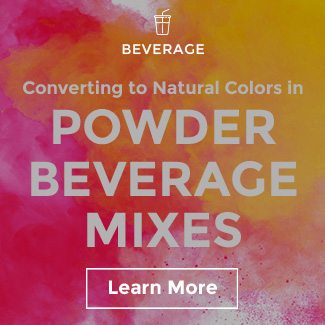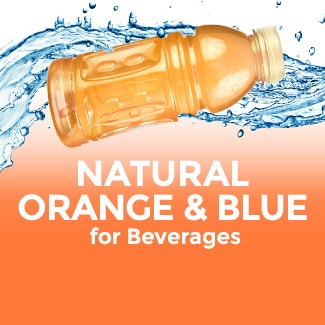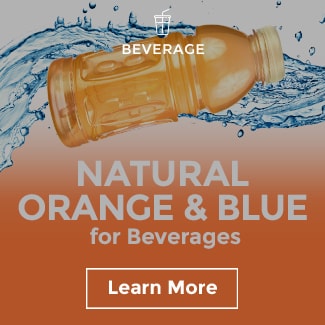The Growing and Changing Sports Beverage Market
Today’s consumers are looking for convenient ways to pursue a healthy lifestyle, often wanting more out of their everyday drink offerings. Innovation in sports drinks has been spurred by this consumer mentality of “what can this beverage do for me?” In turn, brands have responded by adding nutritional value like electrolytes, minerals, and pre-biotics to their replenishing or rehydrating beverages.

While many legacy performance drinks on the market today use artificial ingredients, an increasing
number of emerging players and major national brands are using natural ingredients to differentiate
themselves with new or renovated products.
Given the ongoing trend of innovation with value-added ingredients like electrolytes and minerals,
beverage formulations have become more complicated than ever before
Replenish with Colors from the Rainbow—Naturally!
Color adds value to beverages for both consumers and brands. Consumer flavor perception and
purchase intent both increase with the inclusion of optimized color (Sensient Consumer Research 2019).
Natural color stability in electrolyte or mineral beverages primarily depends on the following factors:

REDS & PINKS

FD&C RED 40
Red Anthocyanin Vegetable Juices
Red Anthocyanin Vegetable Juices + Beta Carotene
Carmine + Beta Carotene
Lycopene + Beta Carotene
Watermelon-Rose
Natural Formulation Tips
Some anthocyanin-based reds are challenging in pH environments above 4.0, especially with the presence of ascorbic acid.
Watermelon-Rose is stable in the presence of ascorbic acid and offers unique coral hues.
ORANGES

FD&C YELLOW 6
Paprika-based colors like
Pure-S™ Orange
Red Anthocyanin Vegetable Juices + Yellow Beta-Carotene
Red Anthocyanin Fruit Juice + Yellow Beta-Carotene
Encapsulated beta-carotenes like our Advanced Emulsion Technology (AET™) Beta Carotene
Natural Formulation Tips
Oil-soluble colors like orange beta carotenes like oil better than water, so the color tends to group at the surface of beverages, resulting in a ringing effect on the plastic bottle, cap, and even equipment tubes.
Sensient’s Advanced Emulsion Technology (AET™) enhances stability of emulsions within a formula to avoid cap staining, ringing, and broken emulsions.
Some plant-based color sources have not been suitable for beverage applications due to strong, inherited flavor off-notes.
YELLOWS

FD&C YELLOW 5
Encapsulated beta-carotenes like our Advanced Emulsion Technology (AET™) Beta Carotene
Turmeric dependent on packaging
Natural Formulation Tips
Just like orange beta carotenes, yellow shades from this source also prefer oil better than water so the color tends to group at the surface of beverages resulting in a ringing effect on the plastic bottle, cap and even equipment tubes. Stabilize emulsions using yellow AET™ solutions to avoid these effects.
Yellow shades from turmeric are bright and vivid; however, this color is light sensitive and will precipitate over time. It’s a great yellow option for drinks without clear packaging though.
BLUES

FD&C BLUE 1
FD&C BLUE 2
pH stable vegetable juices like butterfly pea flower extract above pH 4.0
Natural Formulation Tips
Generally an uncommon color to find in the produce section, a Blue 1 replacement from botanical sources for high water activity applications is the only shade that is truly still missing from the industry.
Spirulina is a great natural alternative to Blue 1 from a shade standpoint but only in a powdered beverage mix. It’s not stable in RTD drinks and doesn’t survive the pasteurization process or high water activity.
Sensient’s butterfly pea flower extract is an excellent water-stable, FDA-approved blue for deeper denim hues when the pH of the formula remains above 4.0. In more acidic environments, this solution will shift to brilliant purples.
Some ions and metals from hard water can impact natural blues shades, so filtered water is recommended.
BROWNS

FD&C BLUE 1 +
FD&C YELLOW 5 +
FD&C RED 40
Caramel
Sienna™ fruit juice
Natural Formulation Tips
Natural browns are often formulated by combining reds, blues, and yellows, so any factors impacting these shades affect natural browns.
Due to negative consumer perception of caramel and California’s Prop 65 labeling requirements, many brands are looking for caramel-free brown solutions. Sensient’s Sienna™ solutions are extremely stable and enable clean label natural browns for sports drinks from light to dark shades.
PURPLES

FD&C BLUE 1 +
FD&C RED 40
pH stable blue vegetable juice + Red Anthocyanins
Butterfly pea flower extract in pH below 3.6
Fruit Juice Anthocyanins
Natural Formulation Tips
Most anthocyanins in these pH environments exhibit burgundy shades, rather than true purples.
The cleanest purples are achieved by a blend of natural blues and reds. Synthetic purple blends have a visibly gray-ish tint.
Today, bold color doesn’t mean artificial ingredients.
In a category where color is certainly prominent, there is great opportunity to cater to consumer requests for cleaner ingredients through natural color innovation or conversion. With today’s ingredient-conscious consumers are increasingly seeking naturally positioned options, there is a
tremendous growth opportunity available
Our team of experts really enjoys educating others about natural color, so if you have any questions or
projects where you may need assistance, please don’t hesitate to reach out.
We also specialize in compatible color and flavor systems should you want to create an integrated
solution. Learn more here.






